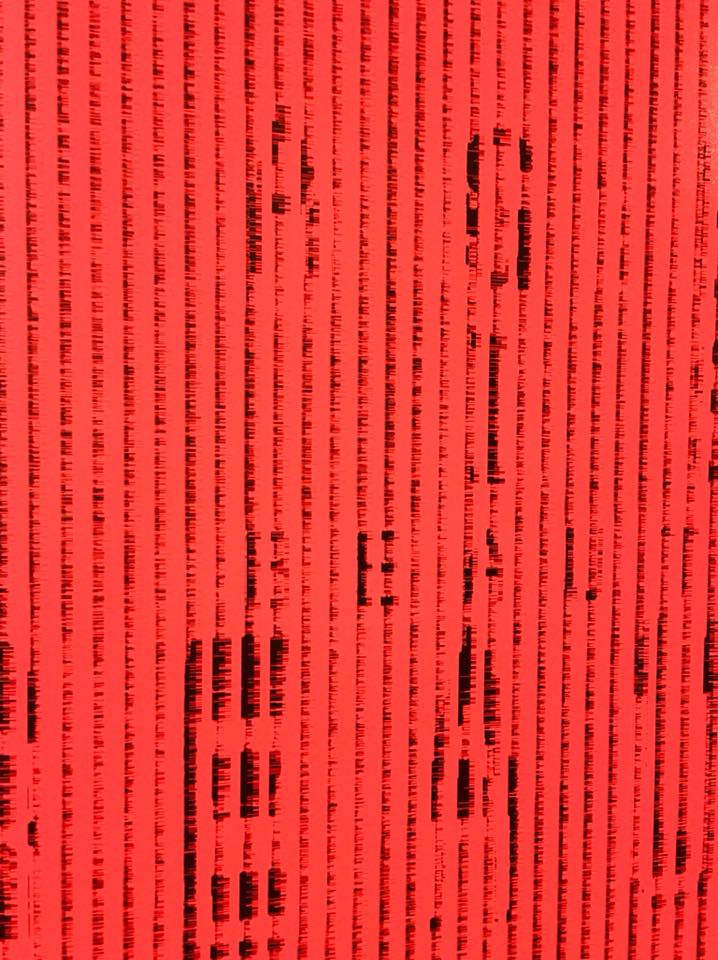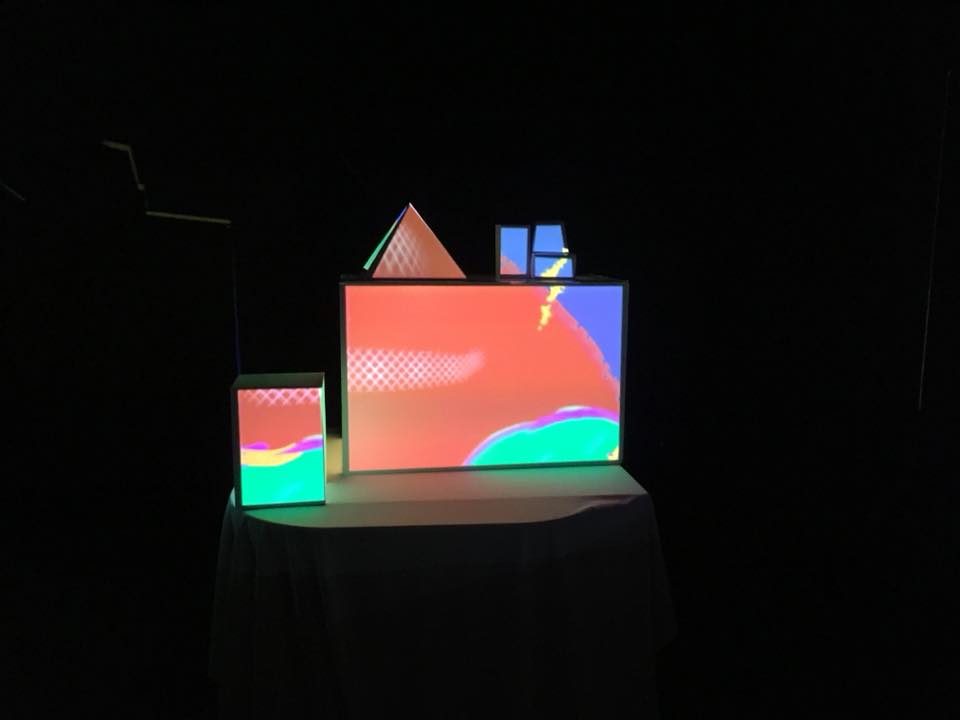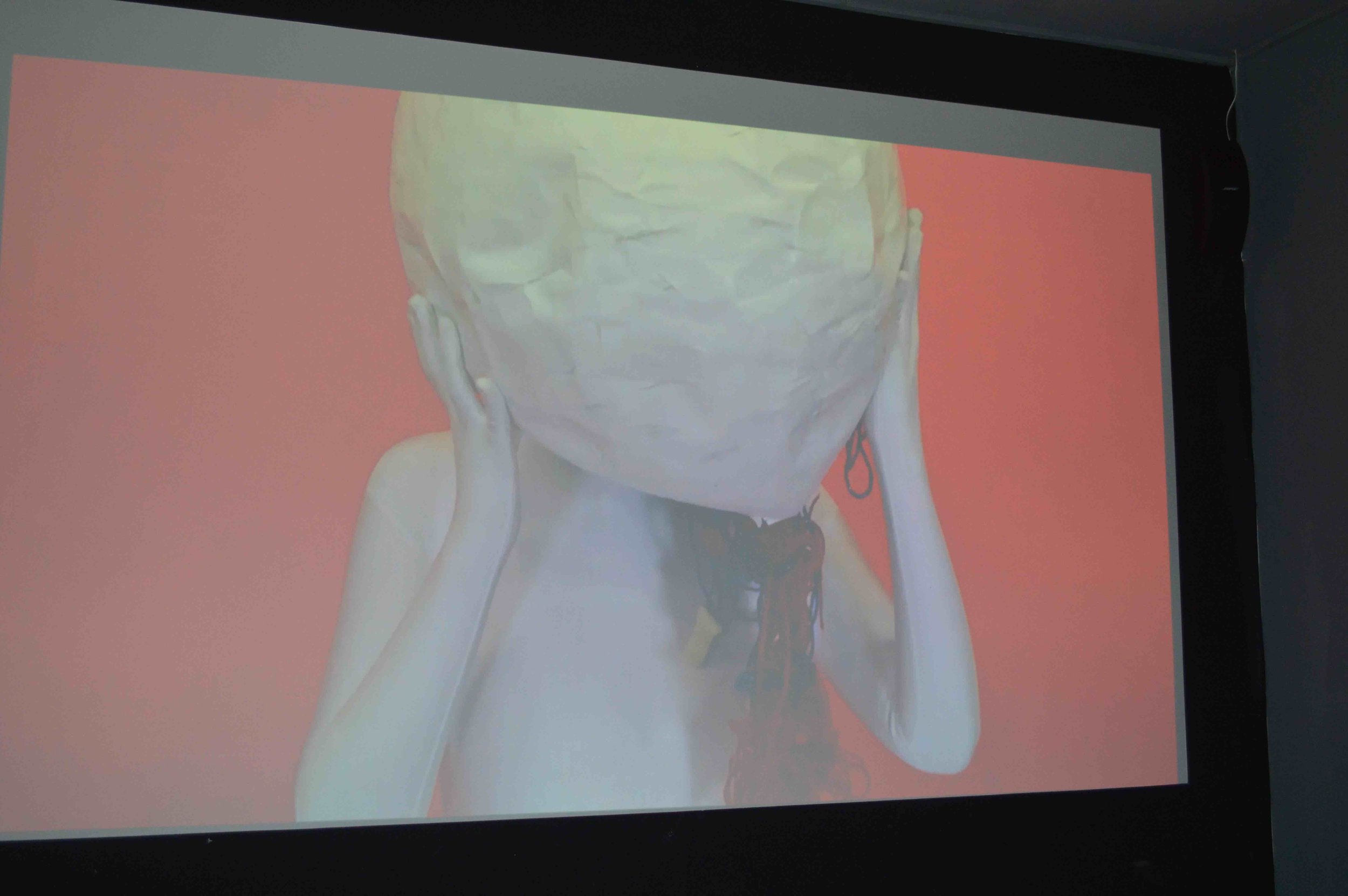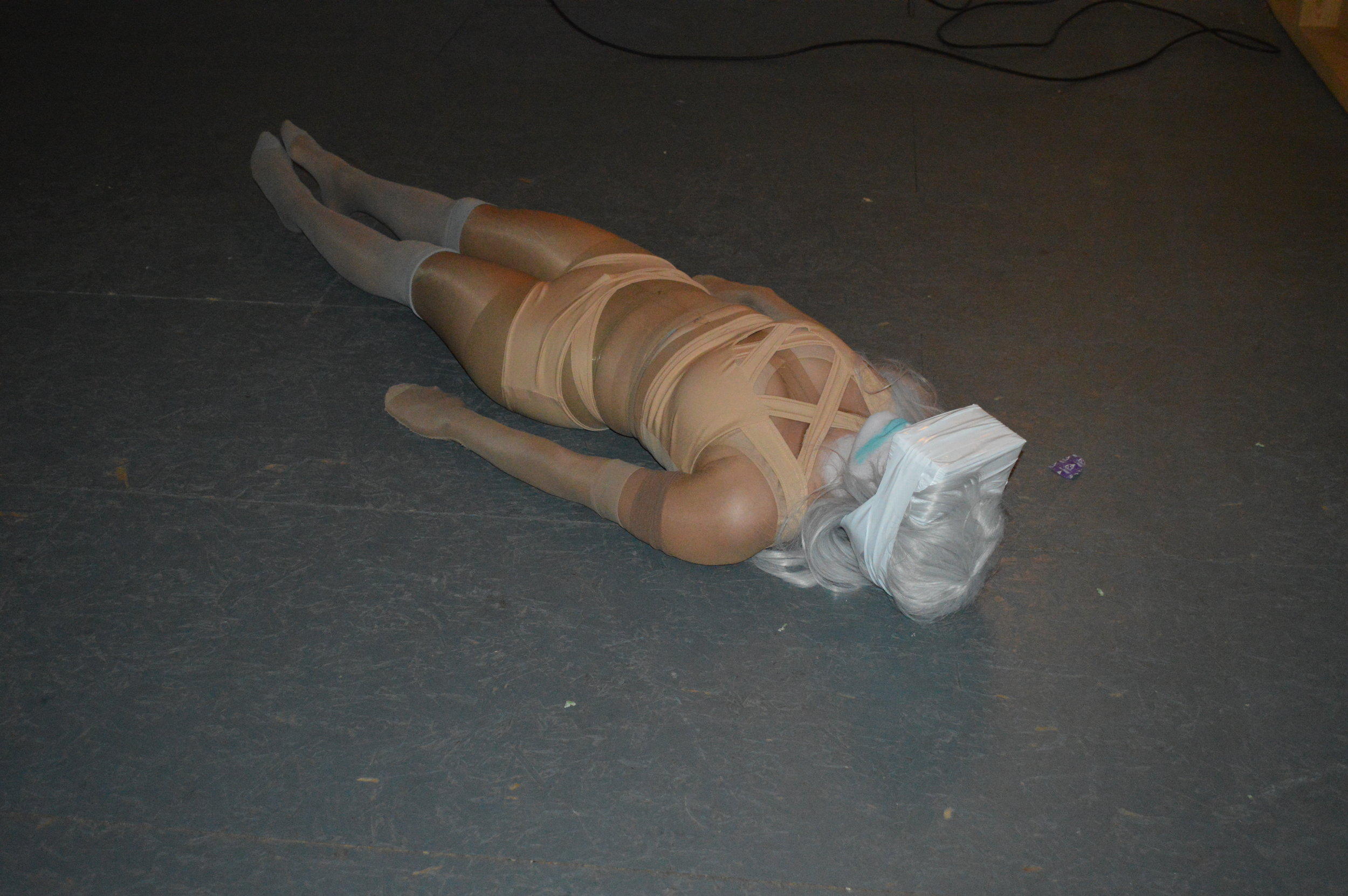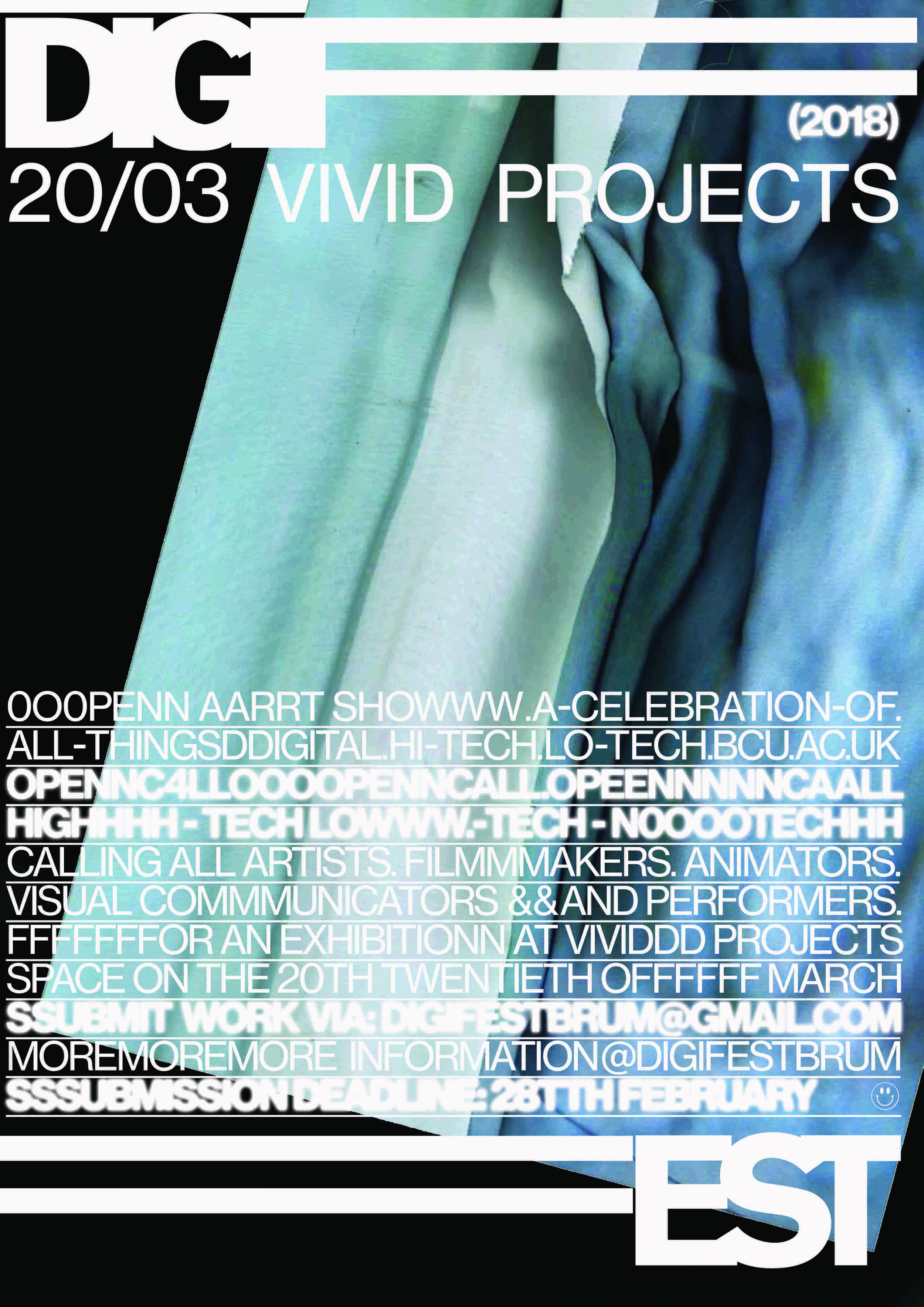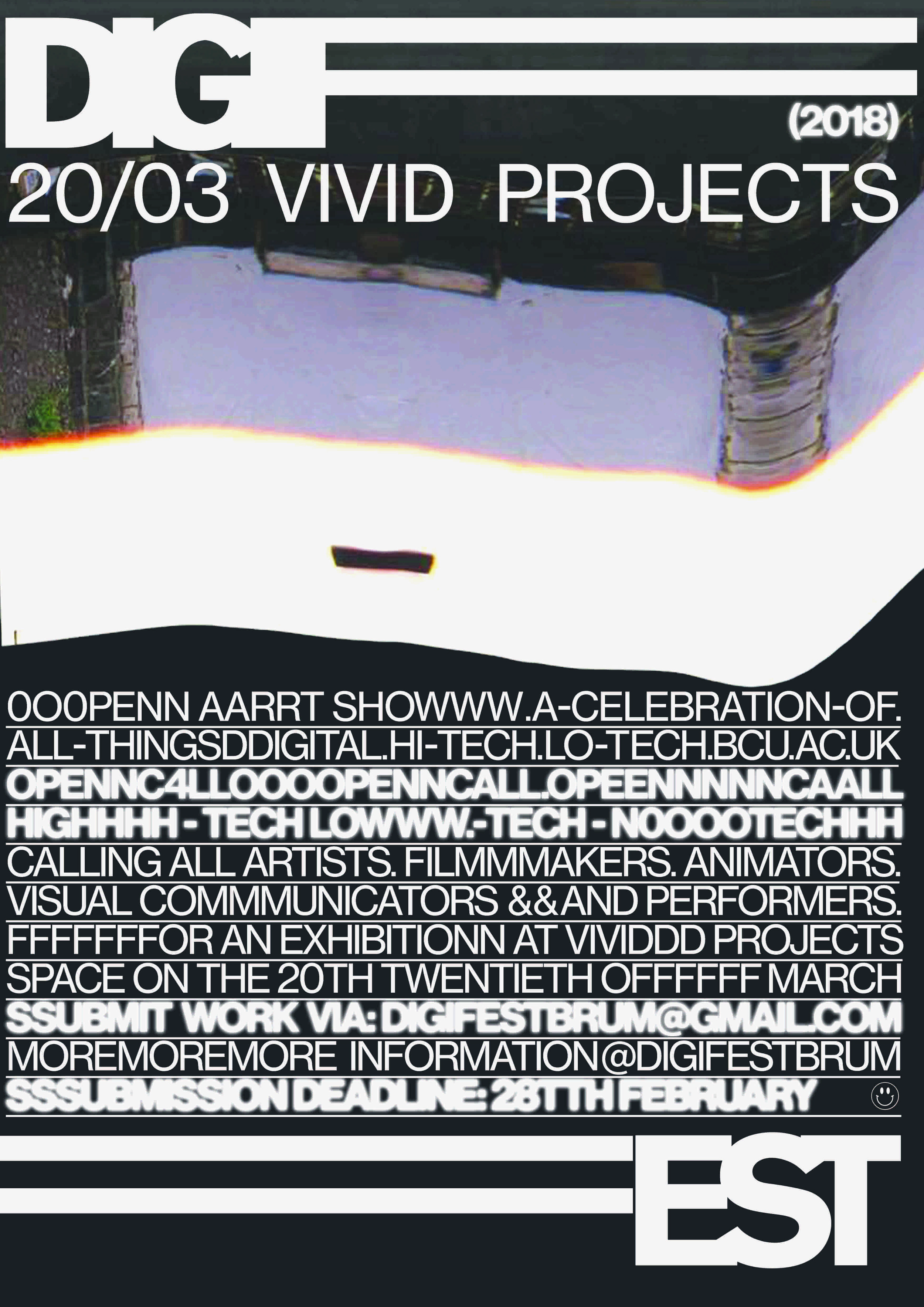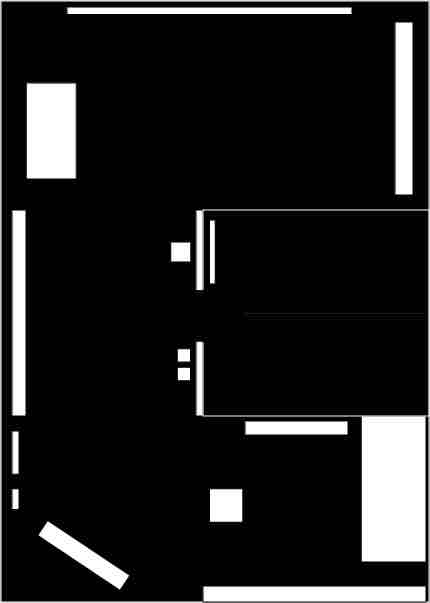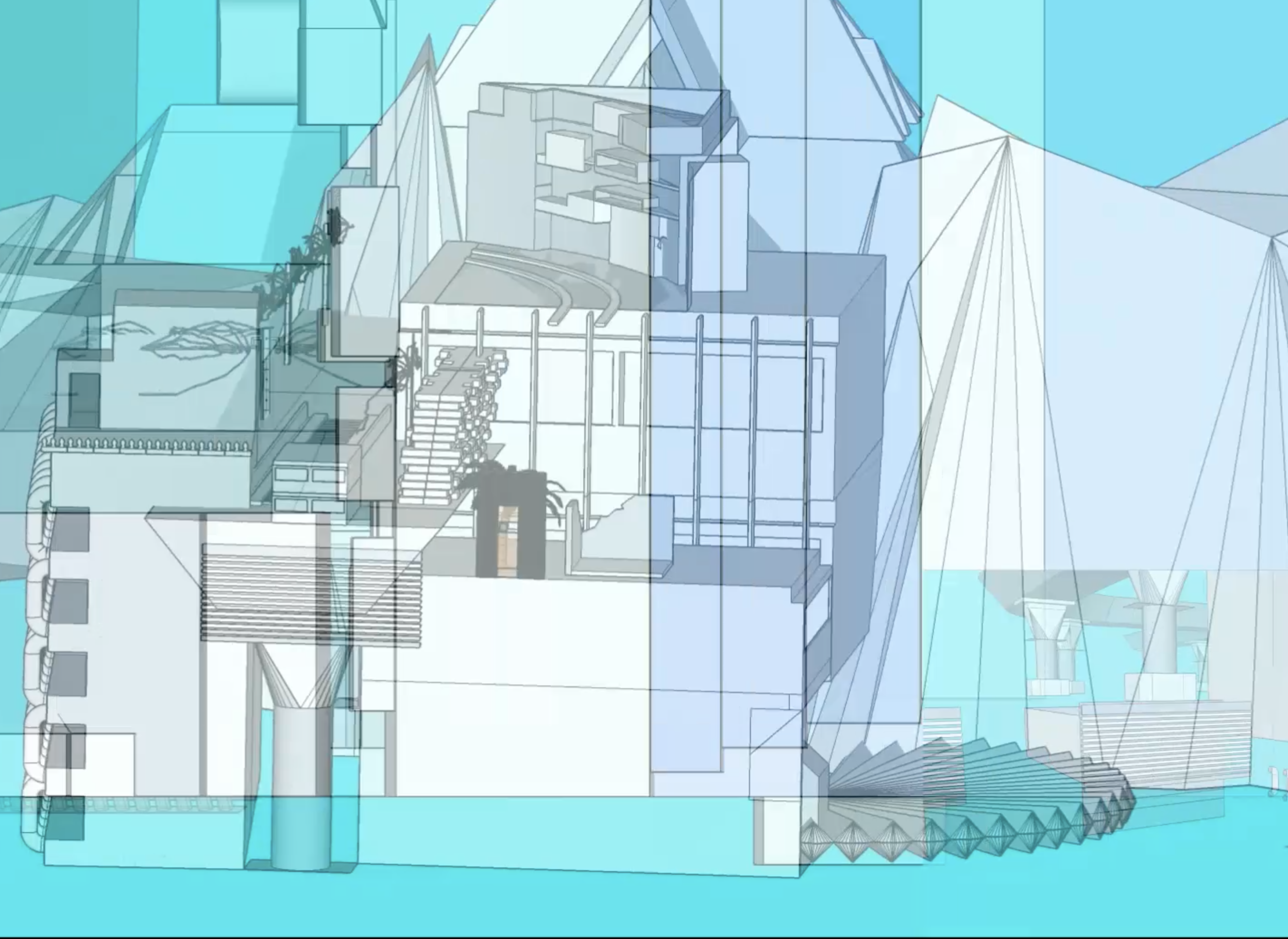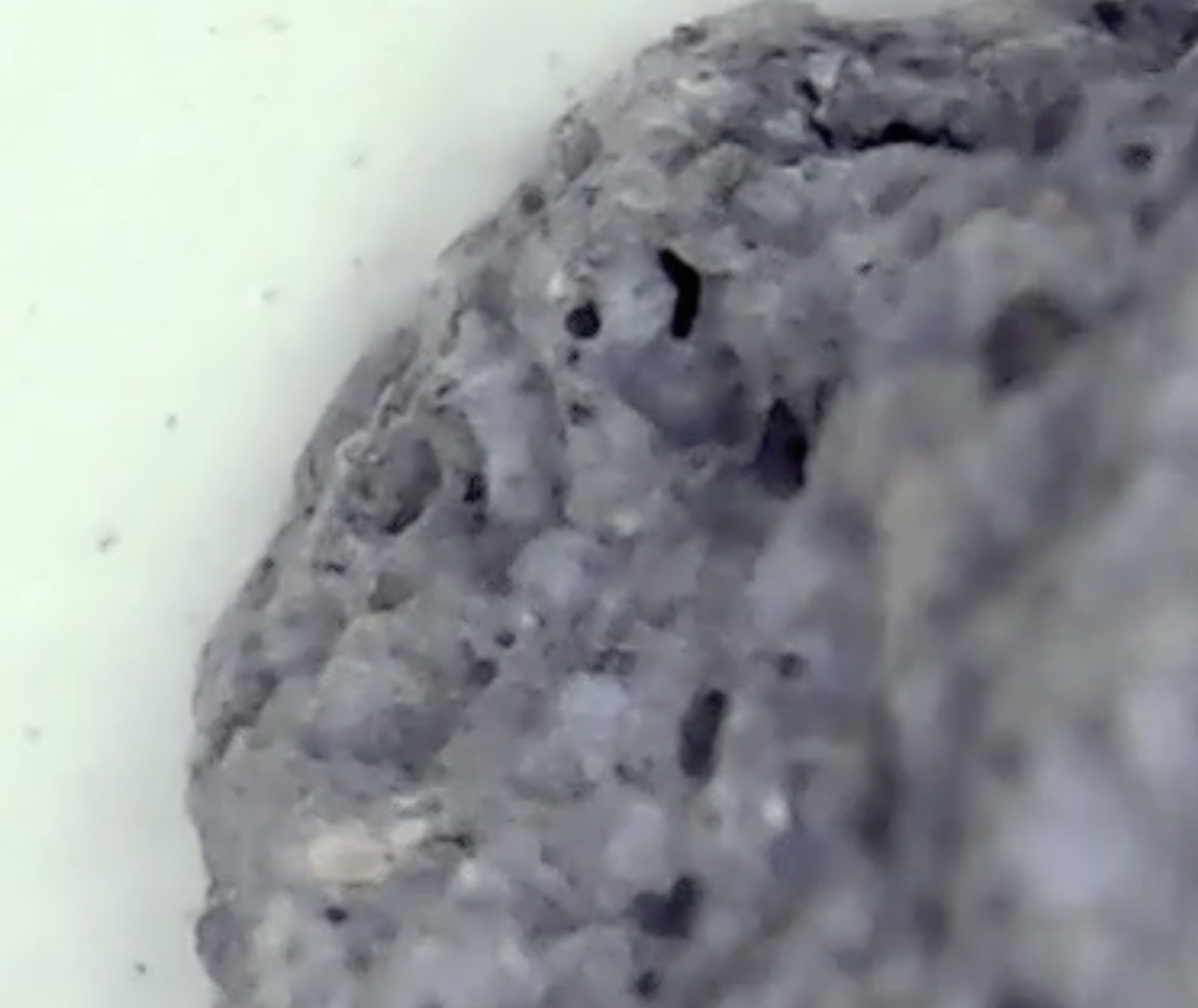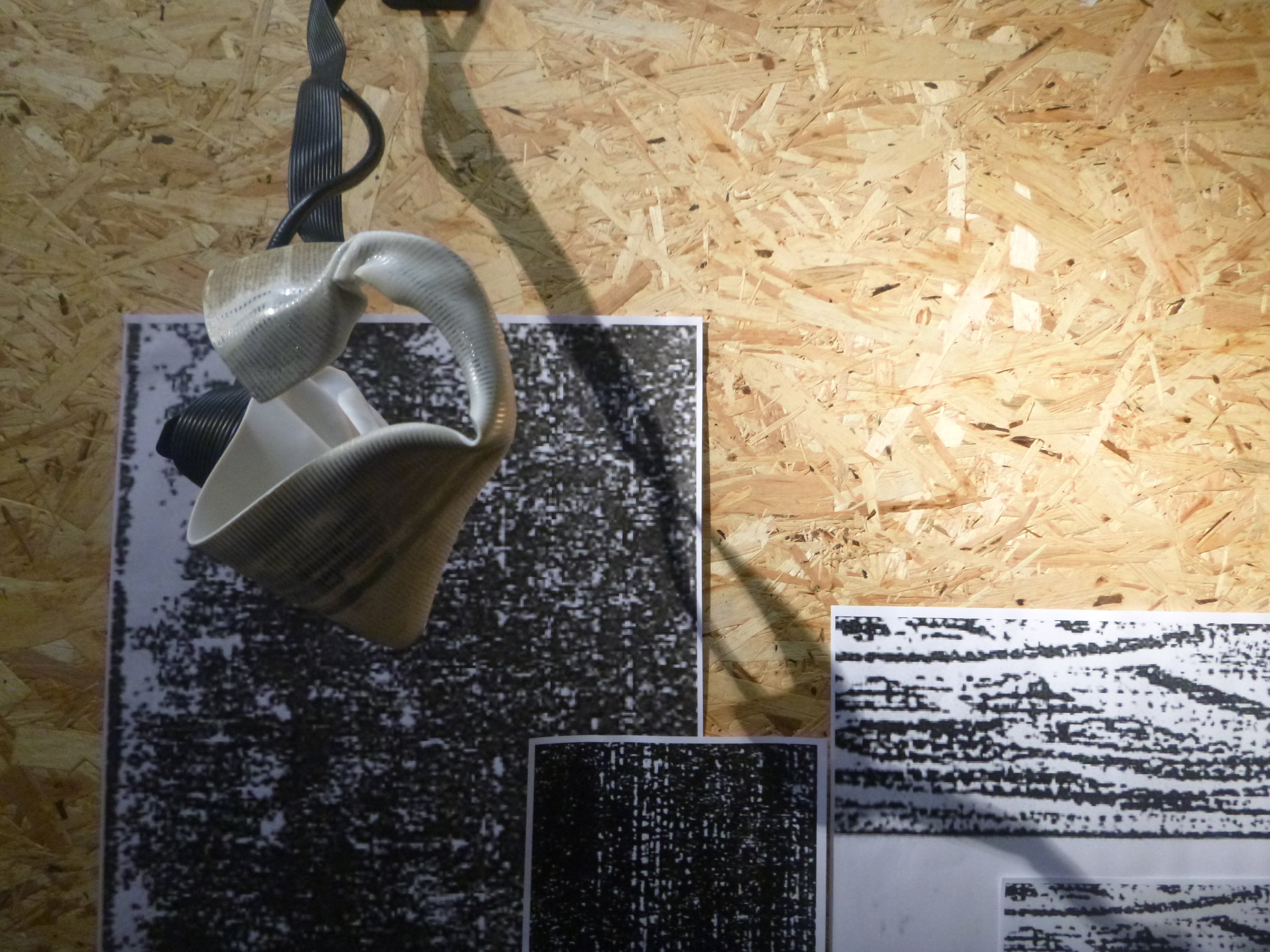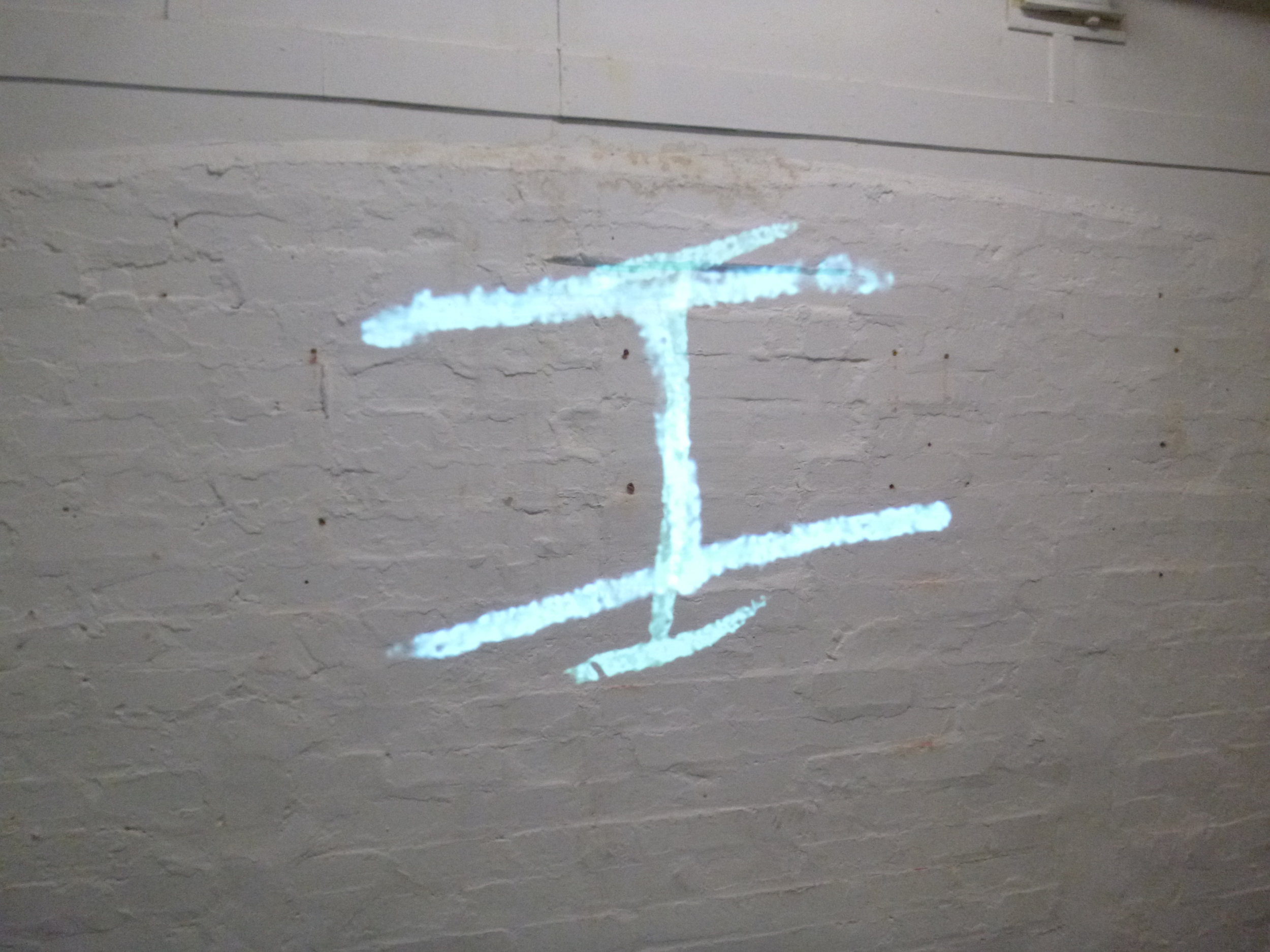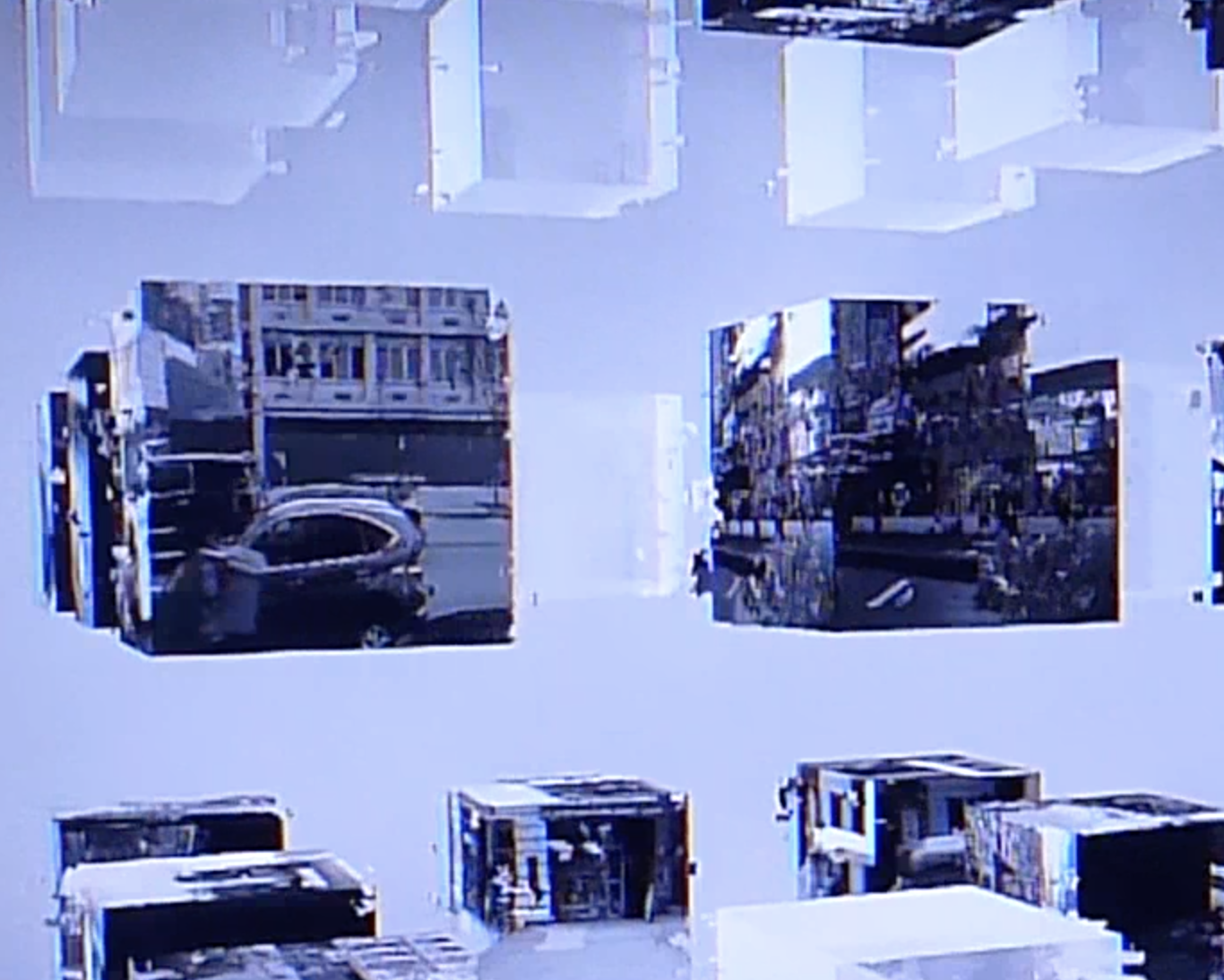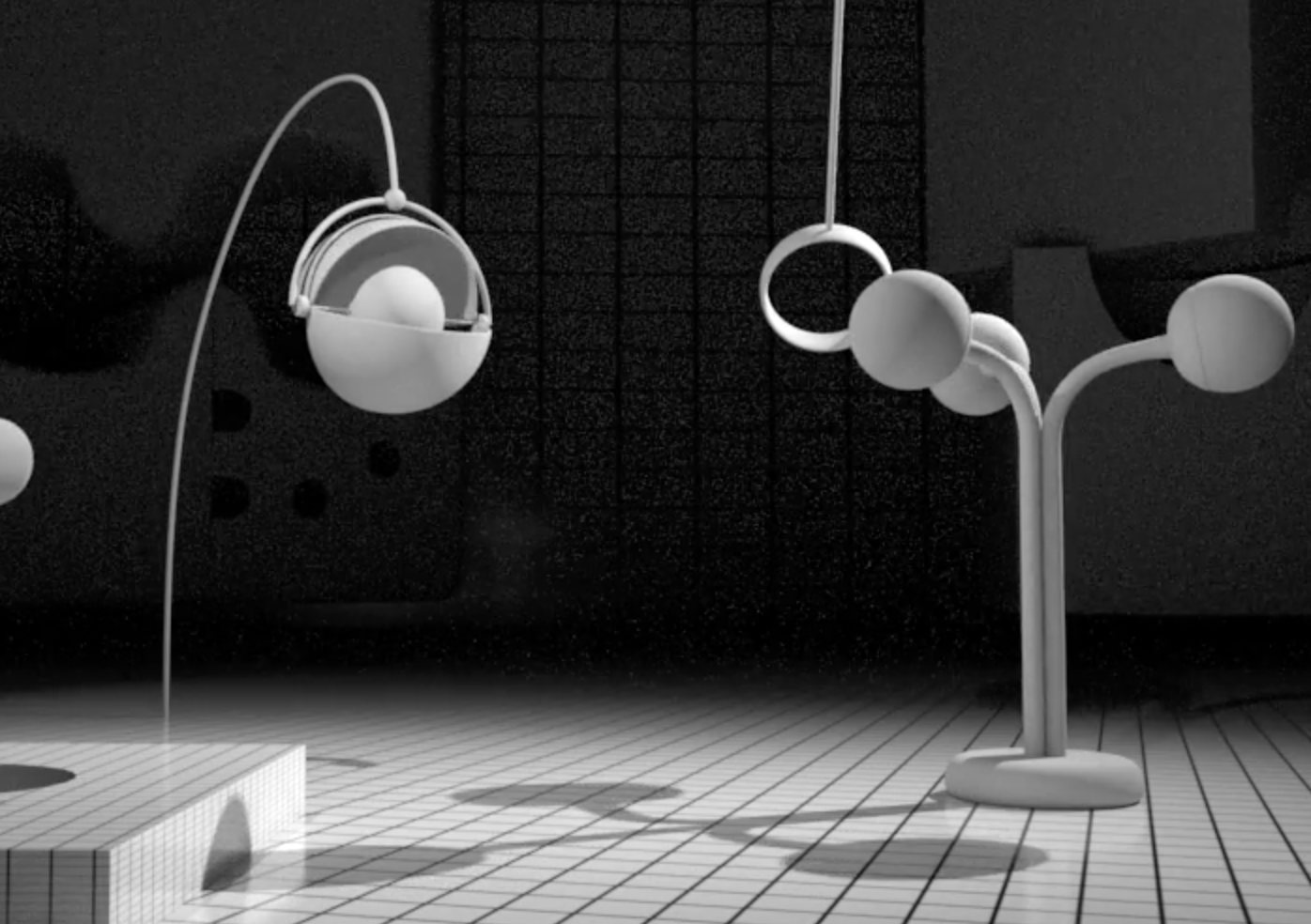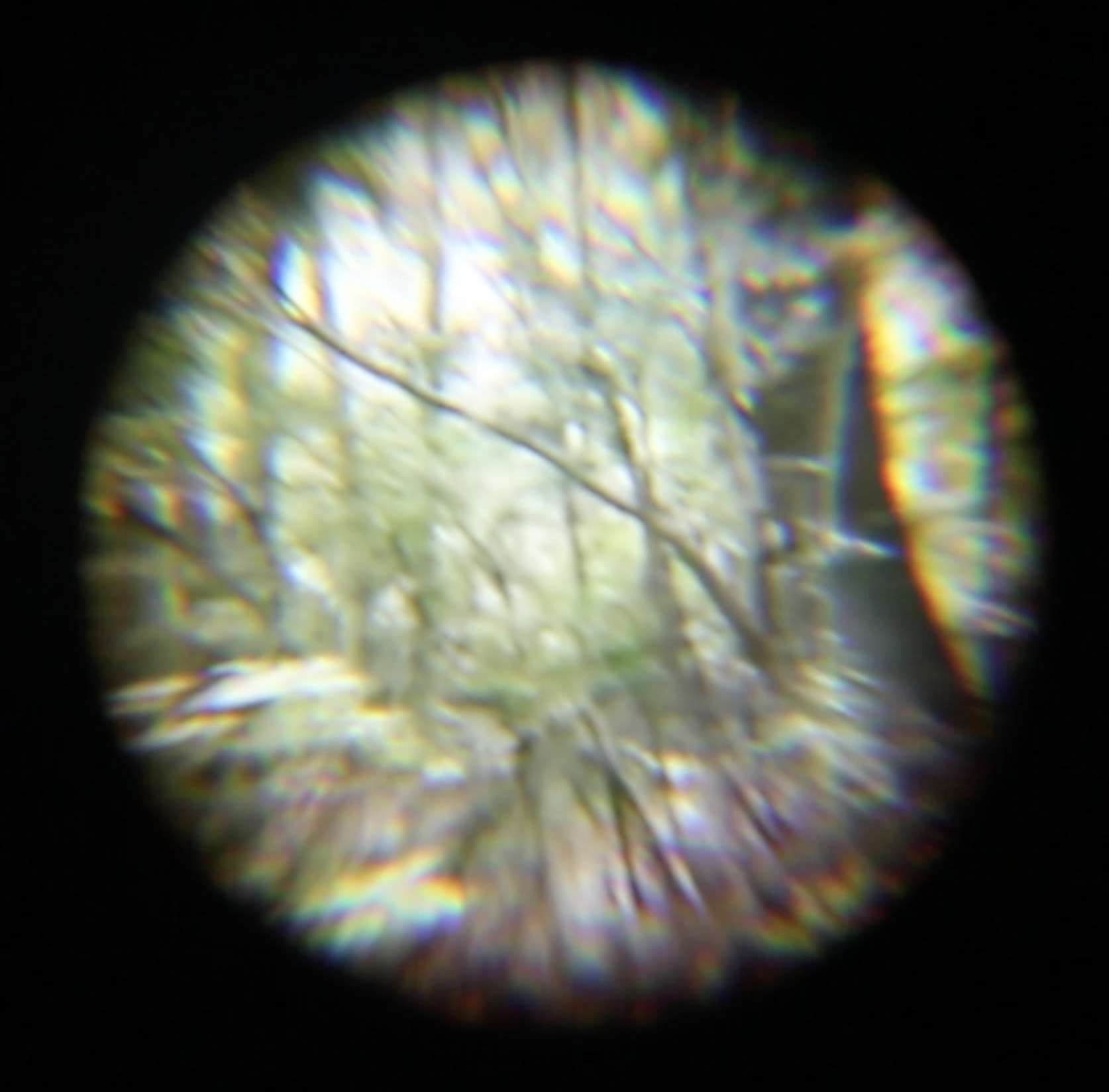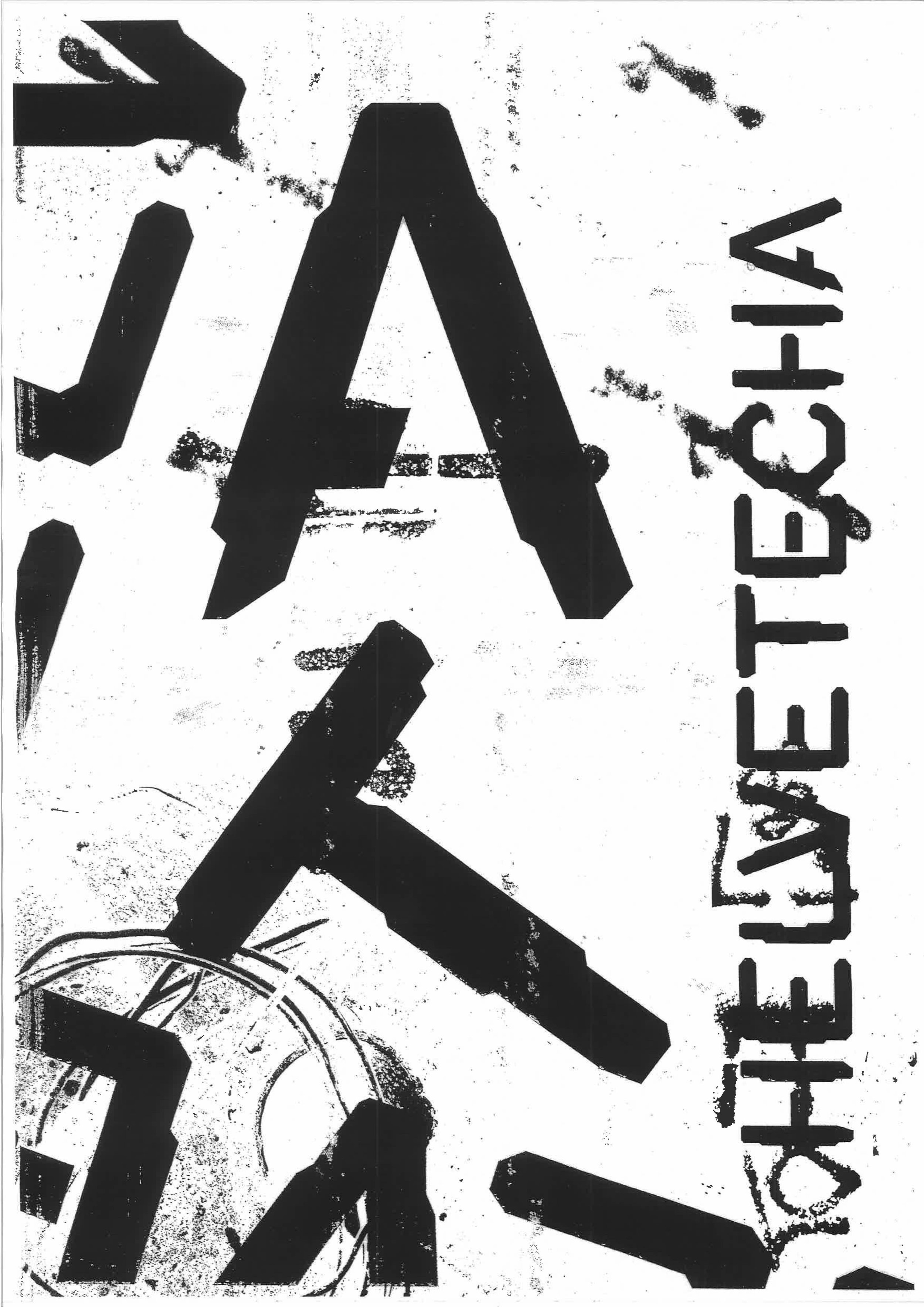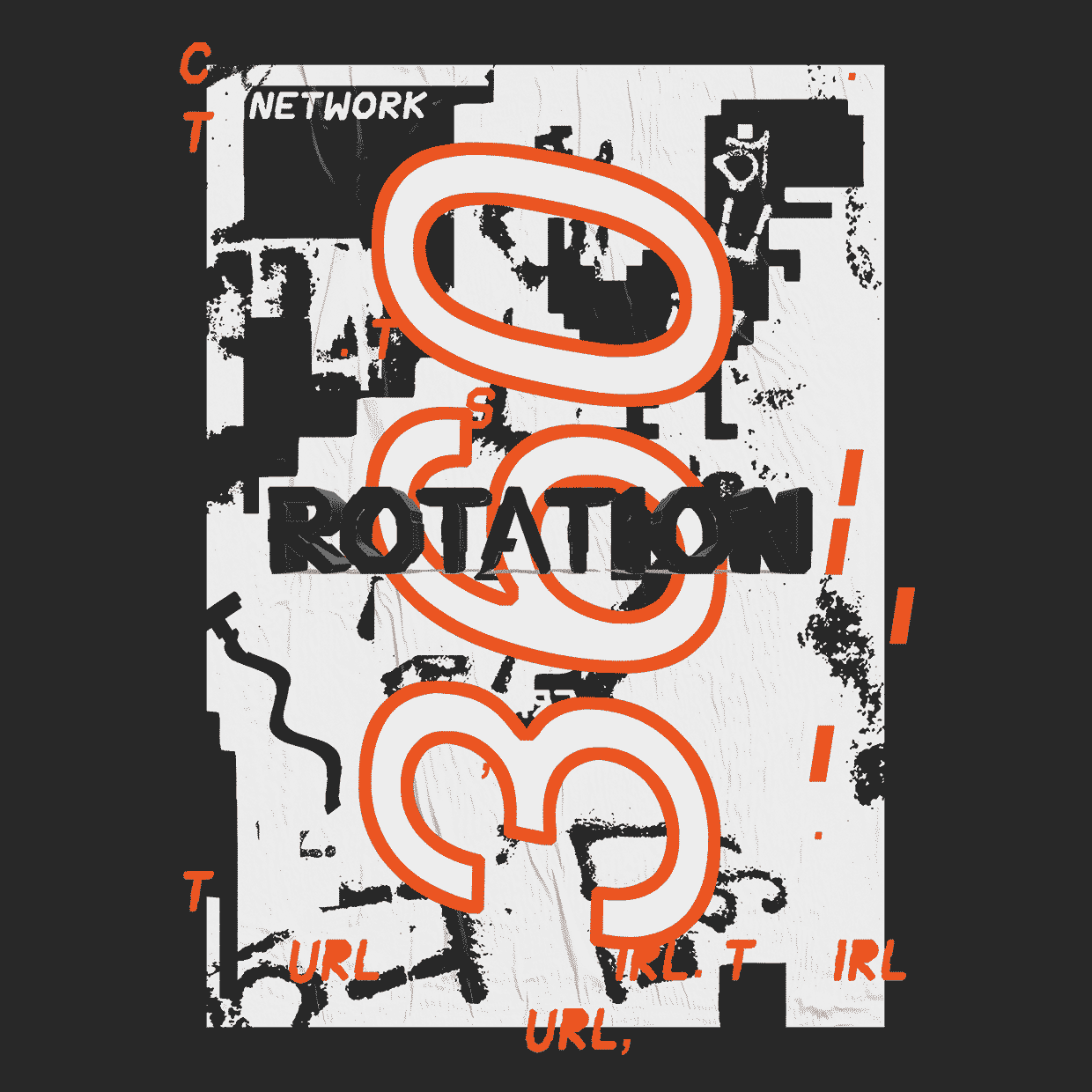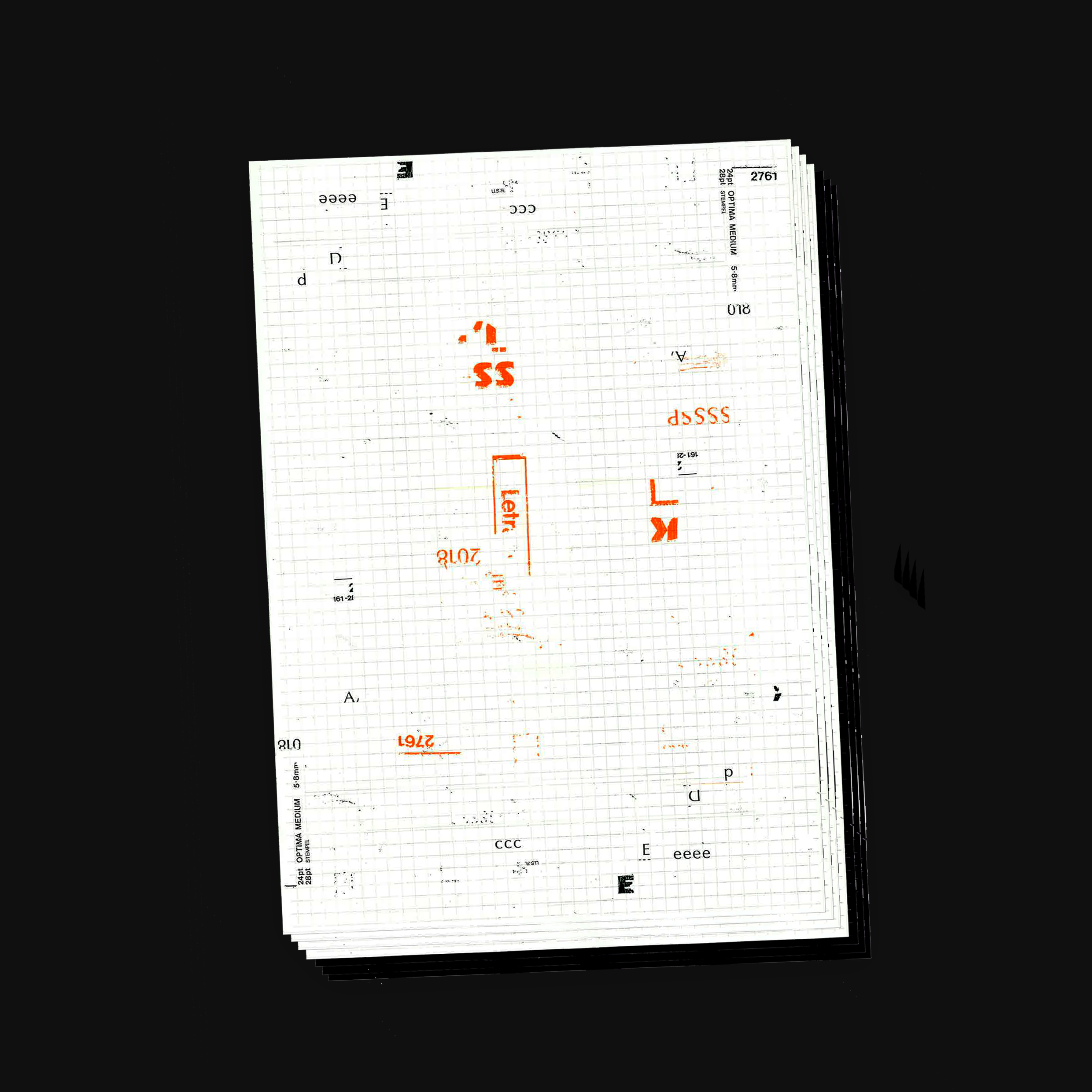http://illustrationresear.wixsite.com/illustrationreseach/current-cfp
BOOK NOW
Decriminalising Ornament* : The Pleasures of Pattern
The 9th International Illustration Research Symposium
Anglia Ruskin University, Cambridge, UK
November 17-18th, 2018
This two-day research conference explores the nature of pattern and ornament within the context of illustration, printing and publishing and explores ideas and asks questions around it’s current state of appreciation, meaning and usage. Within the context of practice based research, international researchers, academics and practitioners will present their work and discuss their ideas.
Alongside the conference there will be a Research Exhibition, featuring a collaborative installation by the graphic designer Hansje van Halem and printer/publisher Jan de Jong.
confirmed keynote speakers
Dr Alan Powers, Art historian, Researcher, Curator and Design Writer.
Following a degree in History of Art from Cambridge, Alan received his doctorate on Architectural Education in Britain 1880-1914. He is a prolific writer for magazines and author of numerous books, amongst others Enid Marx, The Pleasures of Pattern 2018), Eric Ravilious: Imagined Realities (2003), Front Cover: Great Book Jacket and Cover Design (2006) , Children's Book Covers, Great Book Jacket and Cover Design (2003). He has curated popular exhibitions, including Enid Marx: Print, Pattern and Popular Art, House of Illustration (2018); Eric Ravilious, Imperial War Museum (2003); and Eros to the Ritz: 100 Years of Street Architecture, Royal Academy (2013).
As professor of architecture and cultural history at the University of Greenwich, Alan taught architectural history and theory for undergraduate and diploma courses from 1999-2012, and has been a frequent external examiner for PhD and other higher degrees.
Dr Alice Twemlow, Design Writer, Critic and Educator.
Twemlow earned a Ph.D from the History of Design program run as a joint venture by the Royal College of Art and the V & A Museum in London. She has been a guest critic at the Yale University School of Art, Maryland Institute College of Art (MICA), and Rhode Island School of Design (RISD). In 2006 Twemlow became the chair and co-founder of its Master of Fine Arts in Design Criticism.
Alive Twemlow is a prolific writer and has written for amonst others Eye, Design and the New York magazine Twemlow and contributed to online publication such as Voice and AIGA Journal of Design.
Twemlow is currently head of the MA in Design Curating & Writing at Design Academy Eindhoven, Lector Design at the Royal Academy of Fine Arts (KABK) in The Hague and Senior University Lecturer (guest) at Leiden University
Ornament : a thing used or serving to make something look more attractive but usually having no practical purpose . Verb: to make (something) look more attractive by adding decorative items.
— The Oxford Living Dictionary (online)
“Ornament is no longer a natural product of its culture, and
therefore represents backwardness or even a degenerative tendency.”
The 9th International Illustration Research Symposium
Anglia Ruskin University, Cambridge, UK
November 17-18th, 2018
This two-day research conference explores the nature of pattern and ornament within the context of illustration, printing and publishing and explores ideas and asks questions around it’s current state of appreciation, meaning and usage. Within the context of practice based research, international researchers, academics and practitioners will present their work and discuss their ideas.
Alongside the conference there will be a Research Exhibition, featuring a collaborative installation by the graphic designer Hansje van Halem and printer/publisher Jan de Jong.


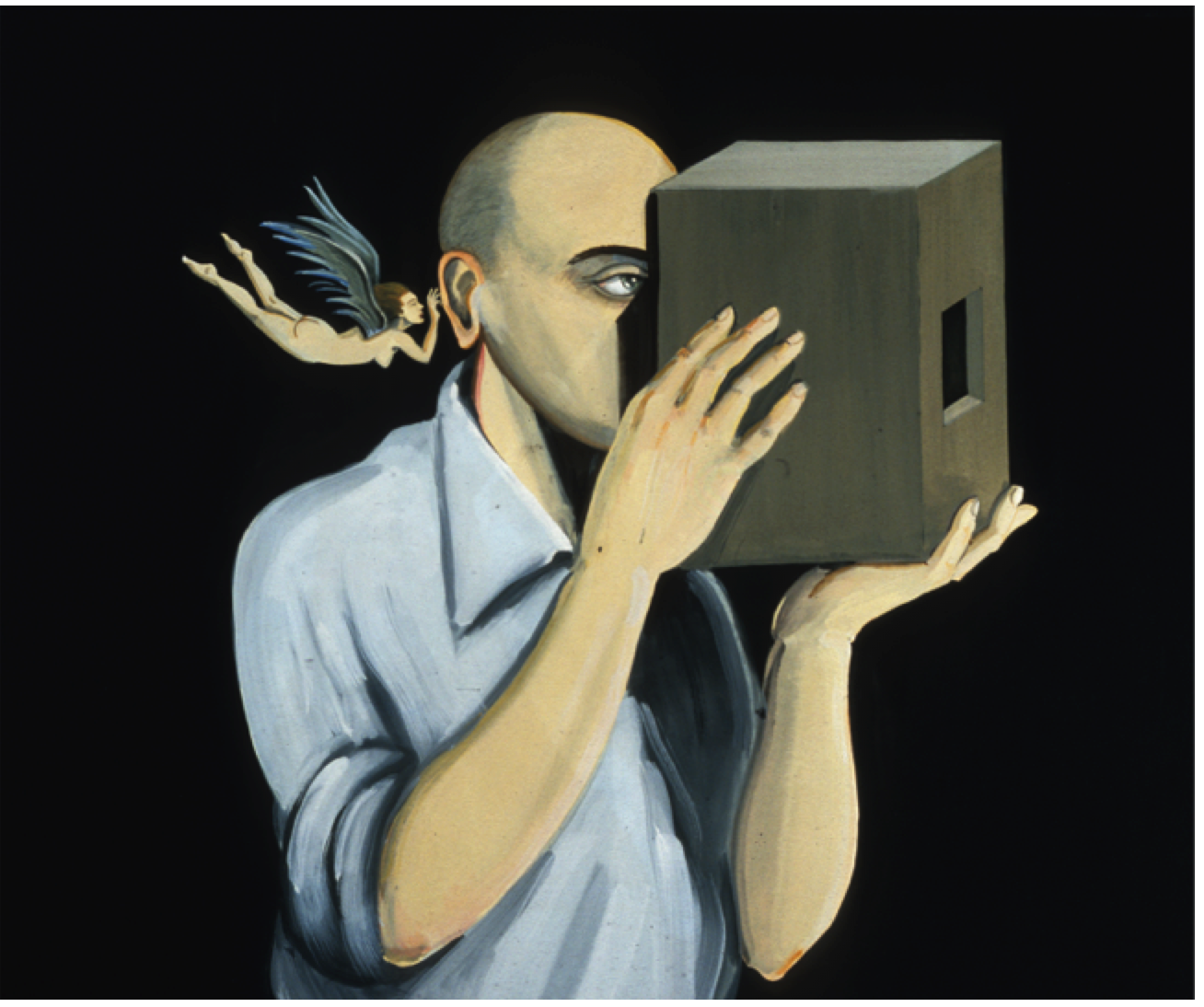
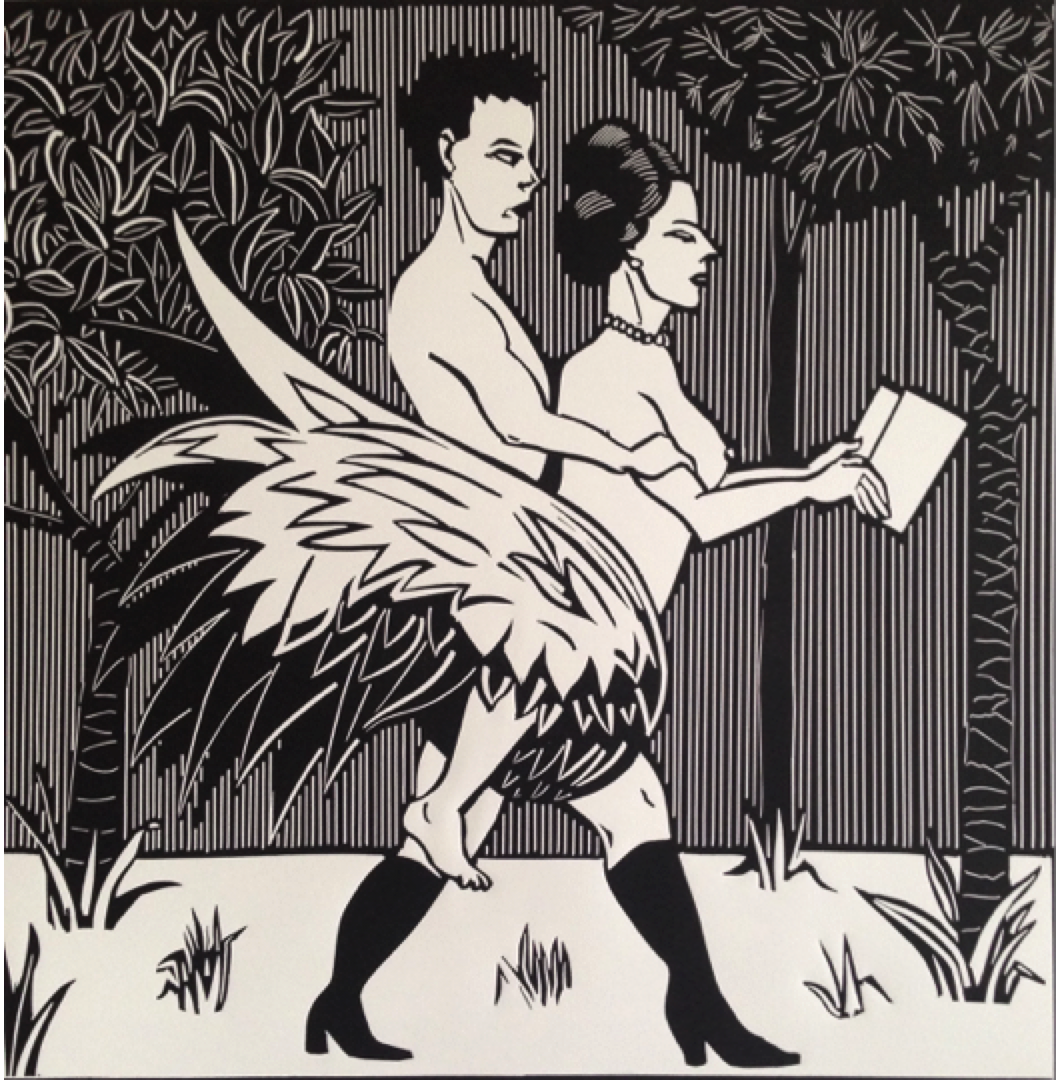
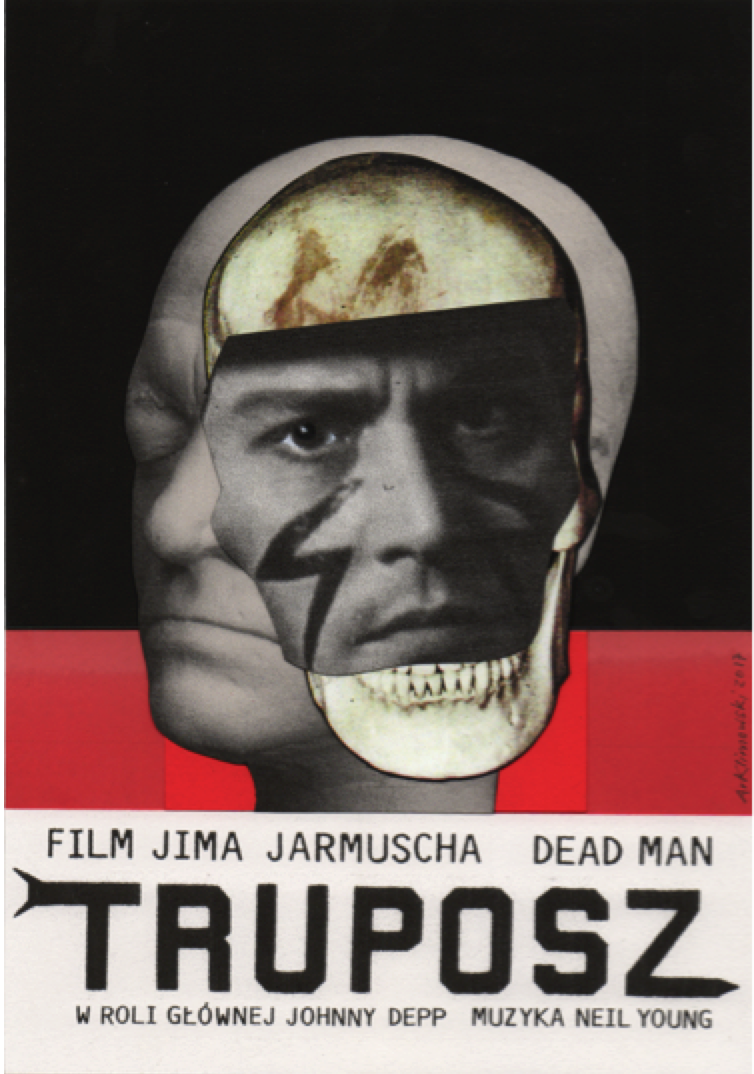
![20180514_161303[3].jpg](https://images.squarespace-cdn.com/content/v1/55defddce4b0e91763950200/1526549106790-Y8NY5IA4PFCIEH400RQA/20180514_161303%5B3%5D.jpg)
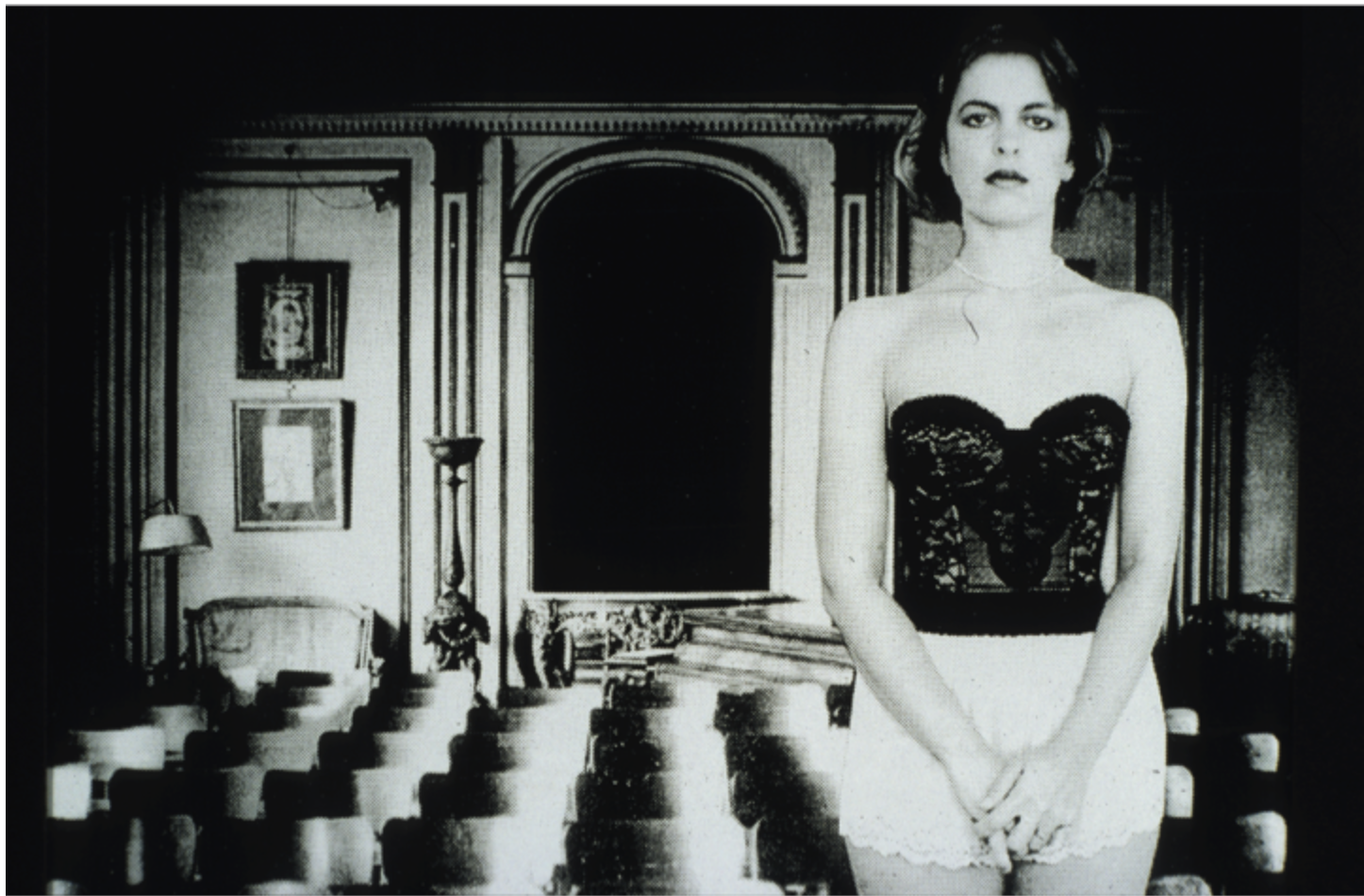

![OPEN_CALL_DIGIFEST_2018[1] copy.jpg](https://images.squarespace-cdn.com/content/v1/55defddce4b0e91763950200/1525809410231-VBDS1G0O6WF21BLFCFP8/OPEN_CALL_DIGIFEST_2018%5B1%5D+copy.jpg)

